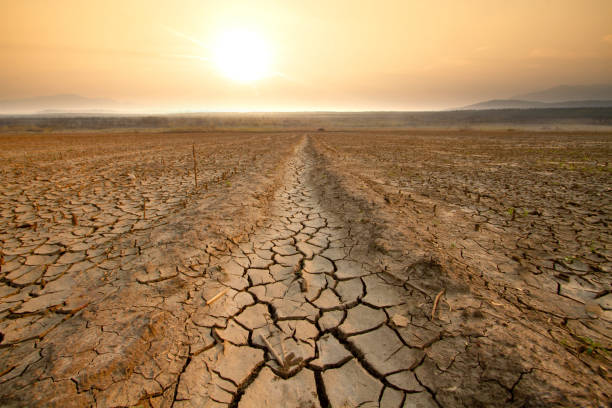Solastalgia: The Emotional Toll of Environmental Change
Solastalgia, a term gaining traction in environmental psychology, captures the distress caused by ecological transformations in one's home environment. This phenomenon, distinct from eco-anxiety, reflects a profound sense of loss and disorientation as familiar landscapes alter due to climate change, urbanization, or industrial development. Read below to explore this emerging concept and its implications for mental health and community resilience.

Origins and Definition
Solastalgia emerged from Albrecht’s observations of Australian communities grappling with extensive coal mining and drought. He noticed a pattern of distress among residents who felt a deep sense of loss as their familiar environments changed dramatically. This concept resonated globally, finding application in various contexts where rapid environmental changes occur, from melting Arctic ice to deforestation in the Amazon.
Psychological Impact
The psychological toll of solastalgia can be profound. Individuals experiencing this phenomenon often report feelings of grief, anxiety, and a loss of place identity. As cherished natural spaces disappear or change beyond recognition, people may struggle with a sense of disconnection from their environment. This emotional distress can manifest in various ways, including depression, increased stress levels, and a diminished sense of belonging.
Cultural and Social Dimensions
Solastalgia affects not only individual well-being but also community cohesion and cultural identity. Indigenous communities, whose traditions and way of life are intimately tied to the land, are particularly vulnerable. As environmental changes disrupt traditional practices and sacred sites, the fabric of these societies can unravel, leading to a loss of cultural heritage and intergenerational knowledge transfer.
Coping Mechanisms and Resilience
Despite its negative impacts, solastalgia has also spurred innovative coping strategies and community resilience. Some affected communities have initiated local environmental restoration projects, creating new green spaces or rehabilitating damaged ecosystems. These efforts not only help mitigate environmental degradation but also foster a sense of agency and collective purpose among residents.
Policy Implications and Future Directions
Recognition of solastalgia is prompting policymakers and mental health professionals to consider environmental factors in public health strategies. Some regions are incorporating green space preservation and community-led environmental initiatives into urban planning to mitigate the psychological impacts of rapid development. Additionally, the concept is influencing discussions on climate change adaptation, emphasizing the need to consider emotional and cultural attachments to place in relocation and development projects.
As our planet continues to face unprecedented environmental challenges, understanding and addressing solastalgia becomes increasingly crucial. By acknowledging the deep emotional connections people have with their environments, we can develop more holistic approaches to climate change adaptation and conservation efforts. The concept of solastalgia not only highlights the intricate relationship between environmental and mental health but also underscores the importance of preserving our natural heritage for future generations.






